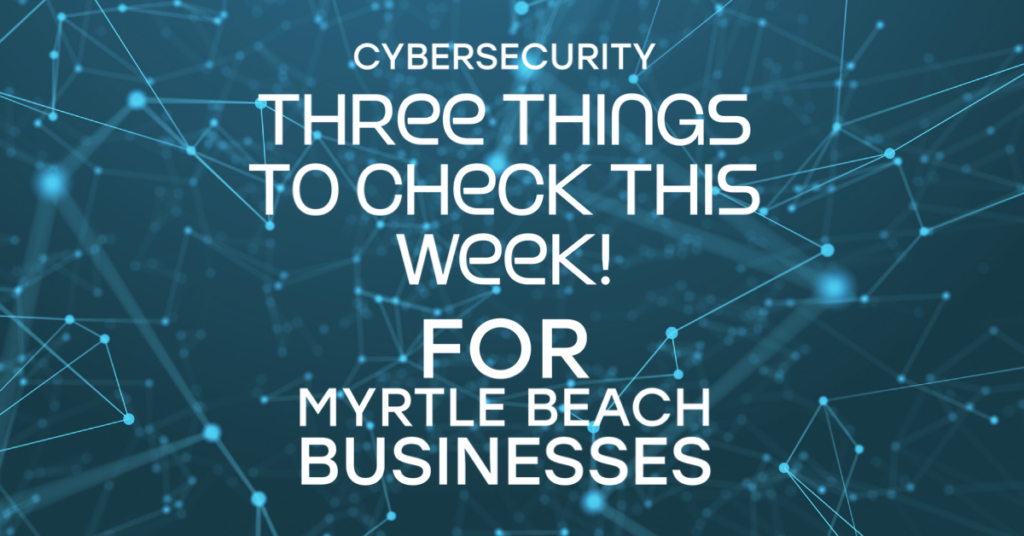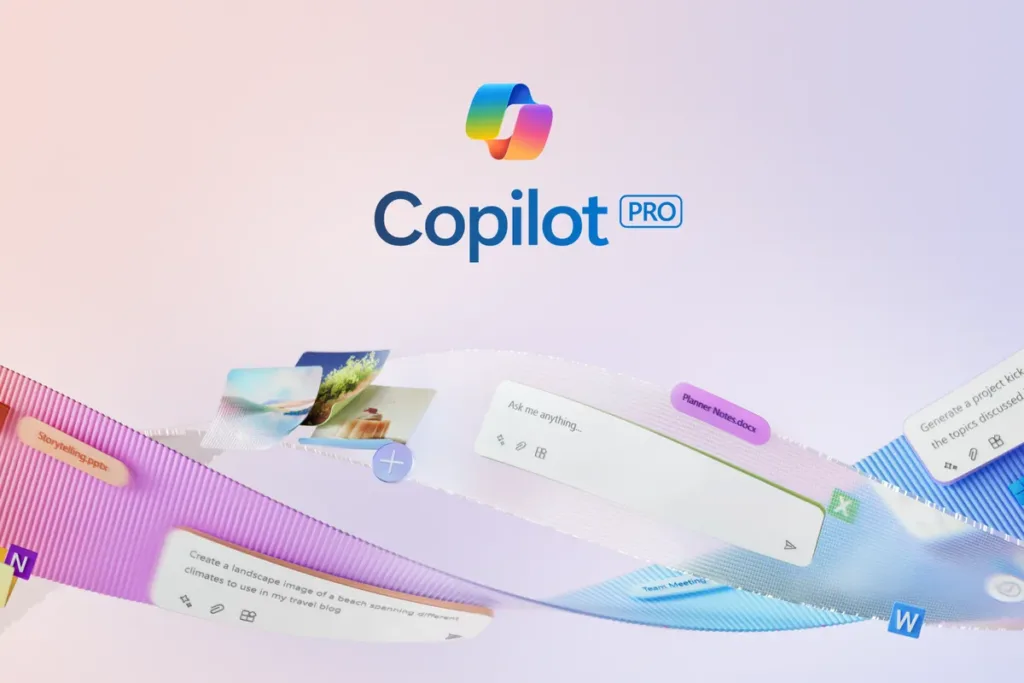Effective management of IT assets is crucial for any business to ensure optimal performance, cost-efficiency, and compliance with regulatory standards. IT asset management (ITAM) encompasses the life cycle management of IT hardware, software, and infrastructure. This blog post from Acuuis provides insights and best practices on how to manage IT assets effectively, enhancing the overall productivity and efficiency of your business.
1. Understand Your IT Inventory
The first step in IT asset management is to have a clear understanding of your current IT inventory. This includes all hardware (computers, servers, networking equipment) and software (operating systems, applications, licenses).
Best Practices:
- Conduct Regular Audits: Regularly audit your IT assets to keep an up-to-date record.
- Use Inventory Management Tools: Implement tools that can automatically track and manage your IT assets.
2. Implement an IT Asset Management Policy
Develop a comprehensive IT asset management policy that defines how assets are to be handled, from procurement to disposal. This policy should cover aspects like purchasing, usage, maintenance, and decommissioning of IT assets.
Best Practices:
- Clear Guidelines: Establish clear guidelines for purchasing, deploying, maintaining, and retiring IT assets.
- Regular Reviews: Periodically review and update the policy to reflect changes in technology and business needs.
3. Ensure Effective Asset Lifecycle Management
Effective lifecycle management of IT assets ensures that each asset is used optimally throughout its life.
Best Practices:
- Lifecycle Planning: Plan for the entire lifecycle of an asset, from acquisition to disposal.
- Scheduled Maintenance: Implement a schedule for regular maintenance to prolong the life of assets.
4. Manage Software Licenses and Compliance
Software license management is a critical part of ITAM. It ensures compliance with legal standards and avoids penalties.
Best Practices:
- License Tracking: Keep track of all software licenses and ensure they are up to date.
- Compliance Audits: Conduct regular audits to ensure compliance with software licensing agreements.
5. Optimize IT Asset Usage
Optimizing the usage of IT assets can lead to significant cost savings and efficiency improvements.
Best Practices:
- Resource Allocation: Allocate IT resources based on actual business needs.
- Asset Reassignment and Recycling: Reassign or recycle assets wherever possible instead of procuring new ones.
6. Invest in ITAM Software
Investing in a good ITAM software can streamline the management process, offering features like automated tracking, reporting, and maintenance scheduling.
Best Practices:
- Choose the Right Tool: Select ITAM software that suits your business size and complexity.
- Training and Support: Ensure your team is trained and has ongoing support to use the ITAM software effectively.
7. Monitor and Evaluate IT Asset Performance
Regular monitoring and evaluation of IT assets help in making informed decisions about upgrades, replacements, and investments.
Best Practices:
- Performance Metrics: Use metrics to assess the performance and health of IT assets.
- Feedback Loop: Create a feedback loop with users to continuously improve asset management.
Conclusion
Managing IT assets effectively is a dynamic and ongoing process. By following these best practices, businesses can ensure that their IT assets are being utilized optimally, contributing to the overall growth and success of the organization.
Contact Acuuis for more insights and assistance in implementing effective IT asset management strategies for your business.



